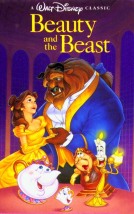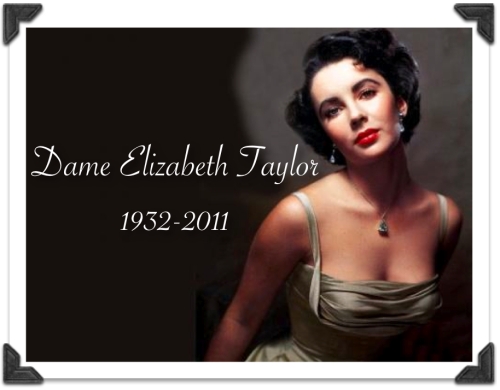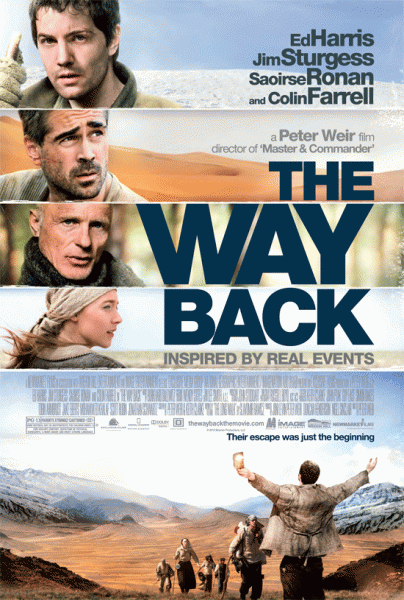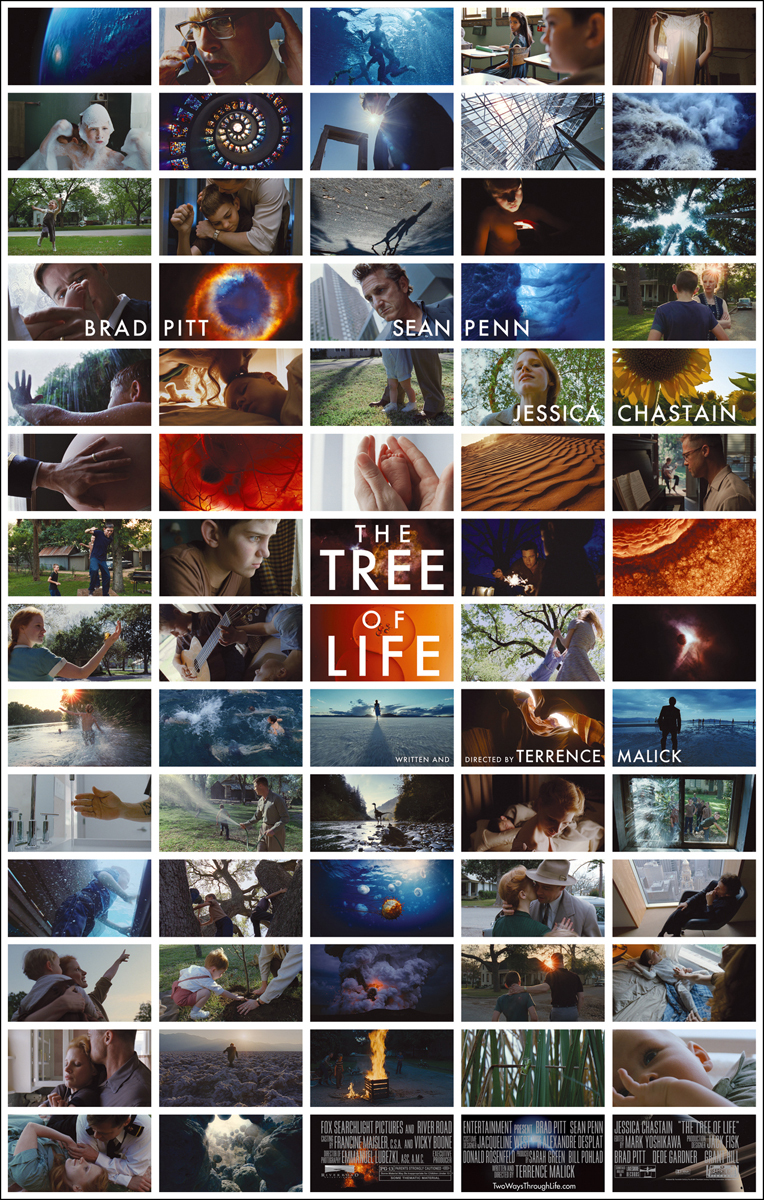Even before the Oscar’s red carpet has accumulated a little bit of dust, discussion has already begun around the potential Oscar hopefuls for the 2011 awards season.
Without boring you with a list of names and possible films that could clean sweep this awards seasons (lists which are available online if it tickles your fancy), I thought I would post three trailers that I have viewed over the passed couple of weeks that I believe scream Oscars potential.
Ironically, two of the trailers are for comedy movies which may mean that the Academy is going to have to lighten up this year if they want to honour the BEST and not just the best dramatic film. But with the Oscars not until late February 2012 a lot can happen. Still have a look at the trailers, discuss, critique and evaluate because either way these films still look great!
Tree of Life (2011)

Director: Terrence Malick
Cast: Brad Pitt, Sean Penn
Release: Cannes Film Festival Premiere (May) and Australian release on June 30th
Synopsis:
The Tree of life traces the evolution of an eleven-year-old boy in the Midwest. At first all seems marvelous to the child. He sees as his mother (Jessica Chastain)does, with the eyes of his soul. She represents the way of love and mercy, where the father (Brad Pitt) tries to teach his son the world’s way, of putting oneself first. Each parent contends for his allegiance, and Jack must reconcile their claims. The picture darkens as he has his first glimpses ofsickness, suffering and death. The world, once a thing of glory, becomes a labyrinth.
Framing this story is that of adult Jack, a lost soul in a modern world, seeking to discover amid the changing scenes of time that which does not change: the eternal scheme of which we are a part. When he sees all that has gone into our world’s preparation, each thing appears a miracle — precious, incomparable. Jack, with his new understanding, is able to forgive his father and take his first steps on the path of life.
Malick’s elusive Tree of Life (2011) was set for an awards season release last year, but the business heads at Fox Searchlight saw logic in a 2011 release date. Hopefully the wait has been worth it and from the look of this early trailer it possibly will be. The film appears stylish and deeply moving, something the Academy loves and honours regularly. If their performances are as stellar as they appear, both Penn and Pitt could be looking at some award season recognition. However, my only concerns are around its release date being so far out from the actually awards season that it may get overlooked. But with 10 films being nominated, more films from the middle of year are seeing an increase in awards season presence (i.e. Inception (2010), Toy Story 3 (2010) and Inglorious Basterds (2009). Whether nominated or not this film is still a must see!
Crazy, Stupid, Love (2011)

Directors: Glenn Ficarra and John Requa
Cast: Steve Carell, Ryan Gosling, Julianne Moore, Emma Stone, Marisa Tomei and Kevin Bacon
Release: July 29th, 2011 (USA)
Synopsis:
A father’s life unravels while he deals with a marital crisis and tries to manage his relationship with his children.
This looks like 2011’s The Kids Are All Right (2011) – minus the lesbians and sperm donation. Its a story about families, relationships, love and all that crazy extra stuff that we buy with it. The cast looks great, especially Carell who appears enjoyably natural and Stone is as hot as ever), and the overall story seems like it will be very fun, moving and truthful. Having been dubbed as a ‘dramedy’ (hybrid of a comedy and drama) puts this film in a good position for the awards season, with previous successful dramedies including Juno (2007), Up in the Air (2009) and The Kids are All Right (2010). If the early reviews are positive (which I hope they are) we may be seeing this film’s name on a couple of the Oscar nominees lists.
Midnight in Paris (2011)

Directors: Woody Allen
Cast: Owen Wilson, Rachel McAdams, Marion Cotillard, Adrien Brody, Kathy Bates, Michael Sheen and Carla Bruni
Release: Cannes Film Festival Premiere (May) and May 20th, 2011 (USA – Limited)
Synopsis:
A romantic comedy about a family traveling to the French capital for business. The party includes a young engaged couple forced to confront the illusion that a life different from their own is better.
Just the title gets me excited about Woody Allen’s new European travel piece. The story looks interesting and the characters also appear very enjoyable. Wilson does have the tendency to over act in comedies but here he appears, a bit like Carell, subdued which is good to see. This is another stylish film from a very stylish director. Not since Vicky Cristina Barcelona’s (2008) best supporting actress win for Penelope Cruz have any of Allen’s recent films seen much love from the Academy, and with this film it appears he may be ready for some more. The ensemble cast look sensational and I am especially excited to see what Bruni brings to the film. Who knows, we may be seeing President Nicolas Sarkozy on the Oscar’s red carpet. Stranger things have happened.















